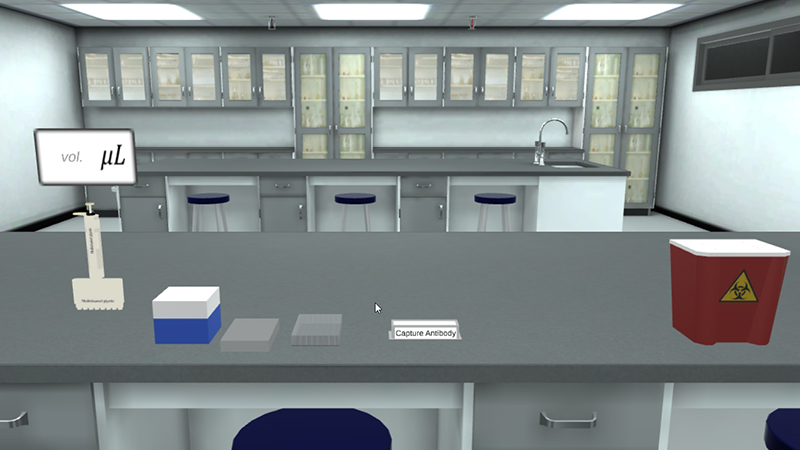ELISA begins with a coating step, where the first layer either an antigen or an antibody is absorbed to a polystyrene 96 well plate. Coating is followed by blocking and detection steps and finally reading the results on ELISA reader.
There are four basic ELISA formats, allowing for a certain amount of flexibility which can be adjusted based on the antibodies available, the results required, or the complexity of the samples:
- Direct ELISA.
- Indirect ELISA.
- Sandwich ELISA.
- Competition or Inhibition ELISA.
ELISA is one of the most sensitive immunoassays available. The typical detection range for an ELISA is 0.1 to 1 fmole or 0.01 ng to 0.1 ng.
Sandwich ELISA Uses
Sandwich ELISA uses are very important in many fields like: Food allergens identification Authenticity of the food products corroboration Vaccine Development Measuring and monitoring the changes of the immune response for understanding immune disease.
Advantages of Sandwich ELISA
The main advantages of Sandwich ELISA are: The sample does not have to be purified before analysis, so it is suitable for complex samples. Flexibility and sensitivity since both direct and indirect detection methods can be used. High specificity since the antigen is specifically detected and captured.



















